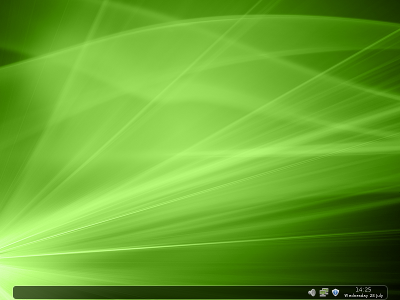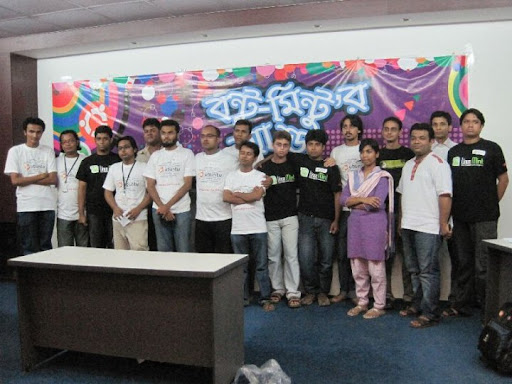The team is proud to announce the release of Linux Mint 9 Fluxbox RC.
New features at a glance:
- Tint2 panel
- New Thunar Move to Trash and Delete options
- New Software Manager
- 30,000 packages
- Review applications straight from the Software Manager
- APT daemon
- Visual improvements
- New Backup Tool
- Incremental backups, compression, integrity checks
- Backup/Restoration of the software selection
- Better look & feel
- Backgrounds
- Welcome screen
- Update Manager
- System improvements
- Husse quotes
- USB Creator
- Local repository
- Apt hold/unhold/held commands
- Project changes
- Community Website
- Community Editions
- Upstream improvements
- Faster boot
- Long Term Support
For a complete overview and to see screenshots of the new features, visit: “What’s new in Linux Mint 9 Fluxbox“.
Known problems:
- Splash screen resolution
- Moonlight
- Animated flash
- Windows installer
- Theme issues
- Ctrl+Alt+Backspace
- Upstream issues
To get more information about these problems and their solution, read the “Known problems” section of the release notes.
Important information:
As an RC (Release Candidate) this release is targeted at developers and beta-testers who want to help Linux Mint find and correct bugs before the stable release. Please do not use this release as your main desktop.
System requirements:
- x86 processor
- 256 MB of system memory (RAM)
- 4 GB of disk space for installation
- Graphics card capable of 800×600 resolution
- CD-ROM drive or USB port
Bug reports:
Please report any bug you may find in Launchpad.
Download:
Linux Mint 9 Fluxbox RC is available in 32-bit as a liveCD, via Torrent and HTTP download:
Enjoy!
We look forward to receiving your feedback. Thank you for using Linux Mint and have a lot of fun testing the release candidate!



